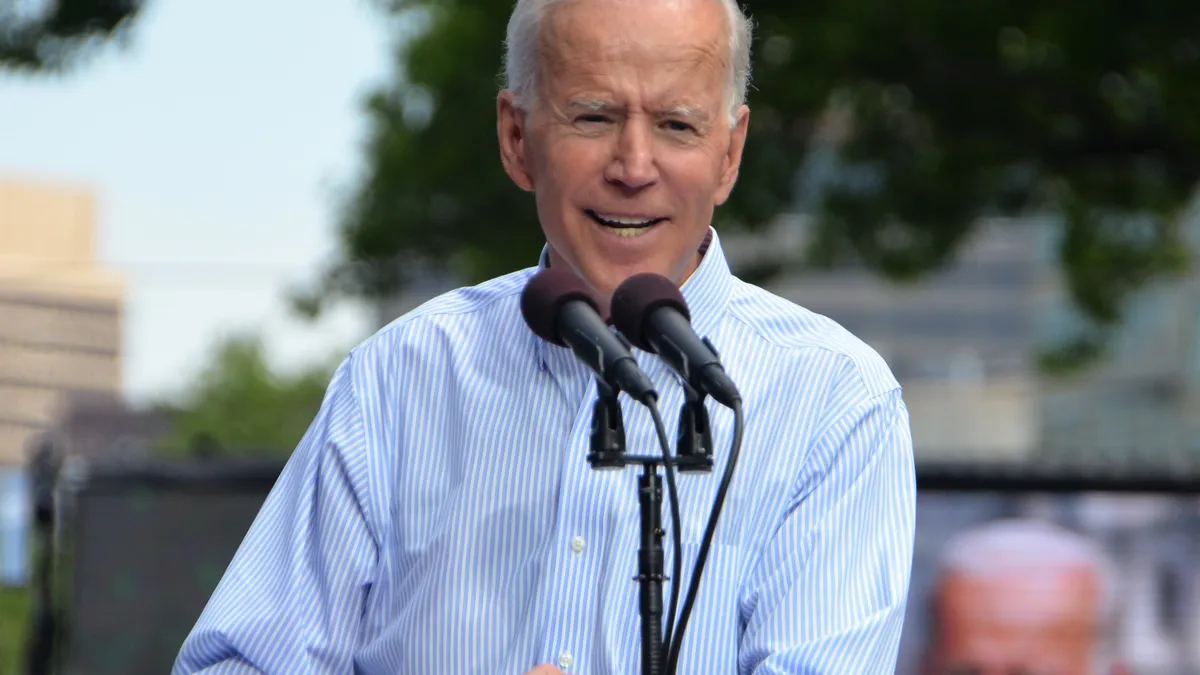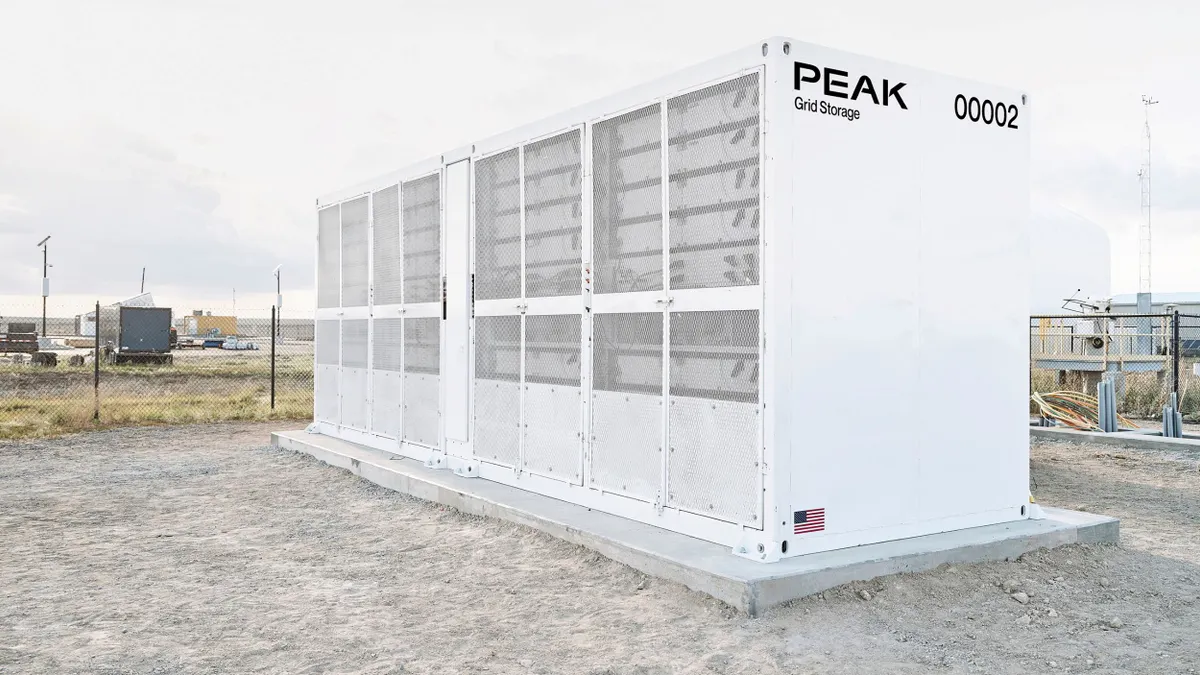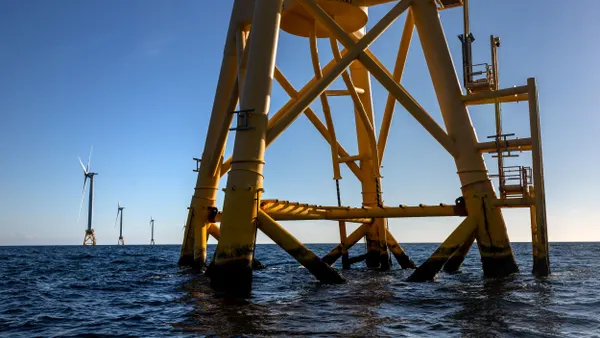Dive Brief:
- Research released Tuesday by Wood Mackenzie suggests Joe Biden's $2 trillion climate plan could help the U.S. achieve complete power sector decarbonization by 2035, 15 years ahead of Woodmac's base case scenario. If Biden's presidential bid fails, one researcher says, the U.S. could forfeit years of progress on climate change.
- While Biden's plan could accelerate decarbonization, other experts say forces outside the control of the president have put the U.S. power sector on a course for dramatic emissions reduction.
- Job growth could prove to be the greatest benefit of a Biden climate plan, with some 500,000 jobs potentially created if a national clean energy standard is adopted, according to the Center for Environmental Public Policy.
Dive Insight:
The question of who wins the presidential election this fall may not change the final destination, but it could influence how soon the U.S. electric industry achieves decarbonization — and how many jobs are created in the process, according to multiple researchers.
At the current pace, U.S. electric generation will reach 87% clean energy by 2050, according to Wood Mackenzie.
"That's a much longer horizon," said Dan Shreve, head of global wind energy research for Wood Mackenzie. "And I think everyone is well aware that the cumulative impact of carbon in the atmosphere is a significant concern, and as a consequence the earlier you begin the journey the better."
While the Trump administration has not hindered the adoption of renewable energy, it hasn't taken direct action to foster it either, Shreve said. The absence of nationwide clean energy targets has resulted in market uncertainty that has slowed the adoption of clean energy and may have long-term consequences for U.S. industry, Shreve said.
"There's a clear need for central policy that enables" the creation of energy policies that support the adoption of renewable energy, Shreve said. "Working from the other direction creates a fragmented approach that isn't lined up to national interests."
If the U.S. maintains its current slow but steady demand for renewable energy, related supply chains will be built elsewhere, and "the U.S. will remain a strategic importer of renewable energy components." Thus, the future of the renewable industry in the U.S. could hinge on the outcome of this November's election.
But Heather Reams, executive director of right-of-center group Citizens for Responsible Energy Solutions, said the Wood Mackenzie report seems to overestimate the power the president has over U.S. energy policy.
The immediate needs in the renewable energy industry include creating stability around tax credits, providing funding for research and reducing regulatory red tape slowing the adoption of multiple renewable resources, including wind and solar — areas ripe for bipartisan collaboration, Reams said.
"There is Congress. Also, the governors have a lot of impact," Reams said. "And we're also forgetting what the utilities are doing, with so many pledging to go net-zero. And it's not because of a government plan or mandate. It's because the consumers want it."
While bipartisan cooperation or action by the states could result in the creation of policies that benefit renewable energy, Shreve said there is no indication that the Trump administration would create the kind of national climate goals he believes would be necessary to accelerate renewable energy adoption in the U.S.
Still, a separate report from the Goldman School of Public Policy at the University of California Berkeley suggests the U.S. is on track to reach 50% zero-emission renewable energy generation by 2035, according to David Wooley, executive director of Berkeley's Center for Environmental Public Policy. Getting to 95% renewable energy by 2035 should be possible, even with minimal or no additional cost, if Biden were able to establish a national clean energy standard, according to Wooley.
An accelerated adoption of clean energy could reduce carbon emissions by some 1.3 billion tons, Wooley said, but the greater impact could be economic. According to the Goldman School report, a national clean energy standard could drive the creation of 500,000 full-time jobs in the U.S. The increased certainty, Wooley said, could also lessen the impact of the transition on fossil fuels.
"It gives them certainty going forward and allows them, because these policies kick in gradually, time to adjust," Wooley said. "I think the generation industry likes certainty, and we're currently in a period of uncertainty. So if you're planning to build a gas plant for example, you must be asking yourself if that's a good idea or not. And once it's clear we're moving toward deep decarbonization, that choice becomes a lot easier and you avoid the risk of assets that get stranded."














